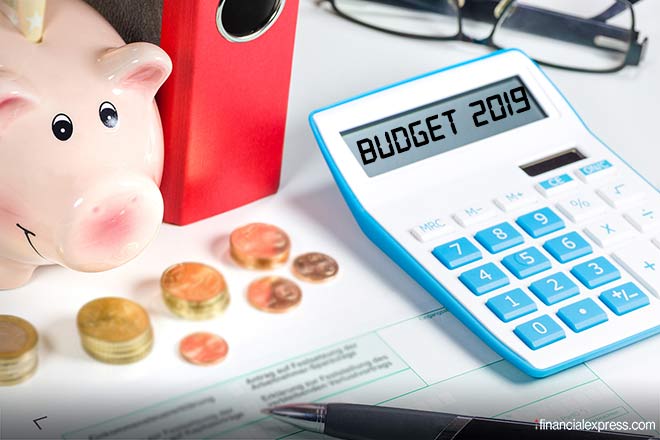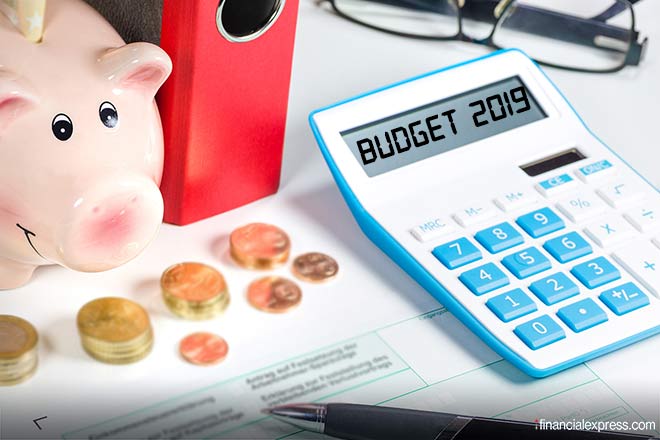
Budget 2019-20: With tax receipts facing a shortfall, the Centre scaled up the disinvestment programme for FY20 to all-time high level of `1.05 lakh crore, which will be aided by its decision to offer more PSUs for strategic disinvestment and bring down its direct holding in many PSUs to below 51%. The idea is to boost non-debt receipts to an extent so that the necessity of any additional borrowings to fund the budgeted expenditure is minimised.
The government has been following the policy of disinvestment in non-financial public sector undertakings, maintaining that the Centre’s stake not to go below 51%.
“The government is considering, in case where the undertaking is still to be retained in government control, to go below 51% to an appropriate level on case-to-case basis. It has also decided to modify present policy of retaining 51% government stake to retaining 51% stake inclusive of the stake of government-controlled institutions,” finance minister Nirmala Sitharaman said.
This will be the third year in a row that the Centre would be mopping more funds via disinvestment than originally budgeted—`1 lakh crore in FY18 (against a target of `72,500 crore) helped by stake sale in HPCL and `85,000 crore (against target of `80,000 crore) in FY19 helped by the sale of the Centre’s entire REC stake to PFC. “In view of current macro-economic parameters, the government would not only re-initiate the process of strategic disinvestment of Air India, but would offer more CPSEs for strategic participation by the private sector,” finance minister Sitharaman said.
Exchange-traded funds (ETFs) will likely to be the mainstay of the disinvestment programme in FY20. A record `45,080 crore via two extant ETFs—`26,350 crore from CPSE ETF and `18,730 crore from Bharat-22 ETF—helped the Centre mobilise 53% of the disinvestment receipts in FY19. It could try to repeat the feat in FY20. Besides the two extant ETFs, it may launch three new sectoral ETFs consisting of PSUs in financial sector, energy, and metal
and commodity.
“To expand this further, the government will offer an investment option in ETFs on the lines of equity linked savings scheme (ELSS). This would also encourage long-term investment in CPSEs,” the minister said.
Further, the government will raise the foreign shareholding limits to maximum permissible sector limits for all public sector companies which are part of the Emerging Market Index.
For bringing better public ownership and greater market orientation of the listed PSUs, the government will take all necessary steps to meet public shareholding norms of 25% for all listed PSUs, she added.
To improve the capital flows into the Indian economy, it is important to align domestic corporate systems and practices with global ones. The Centre is looking at tapping foreign investors more aggressively in FY20 and in the subsequent years.


